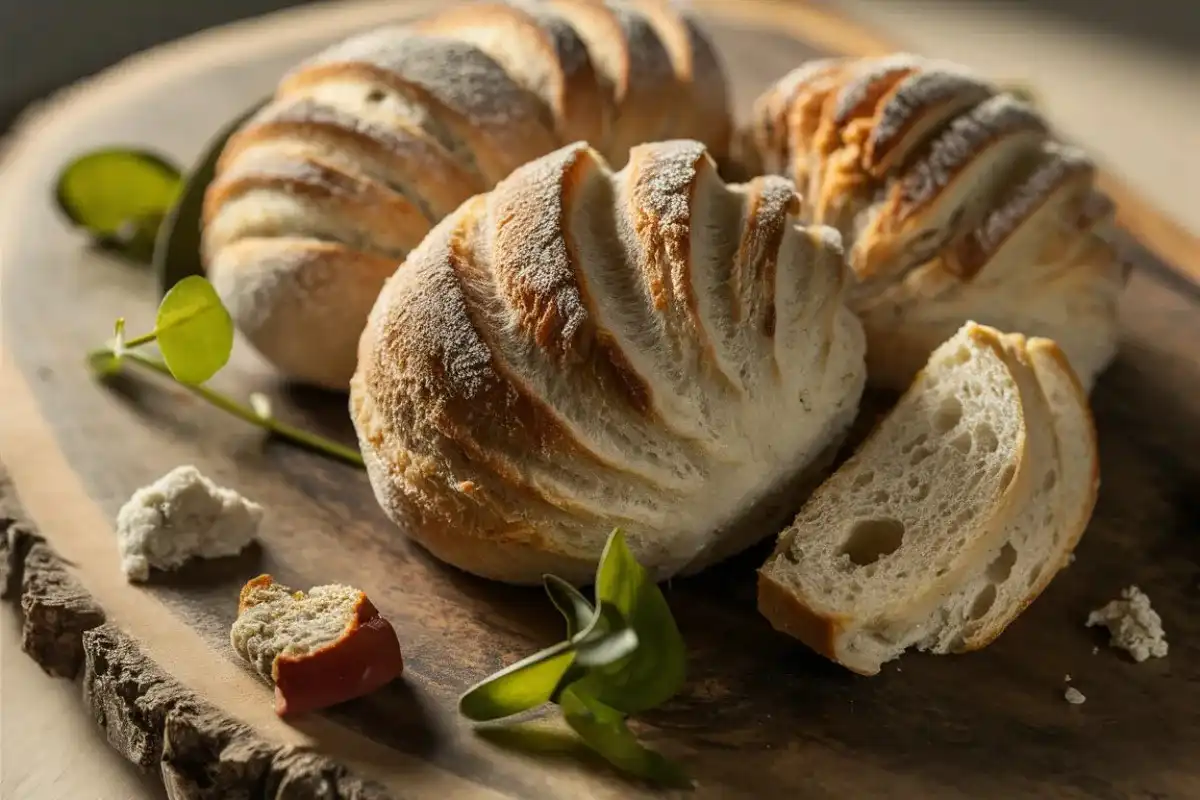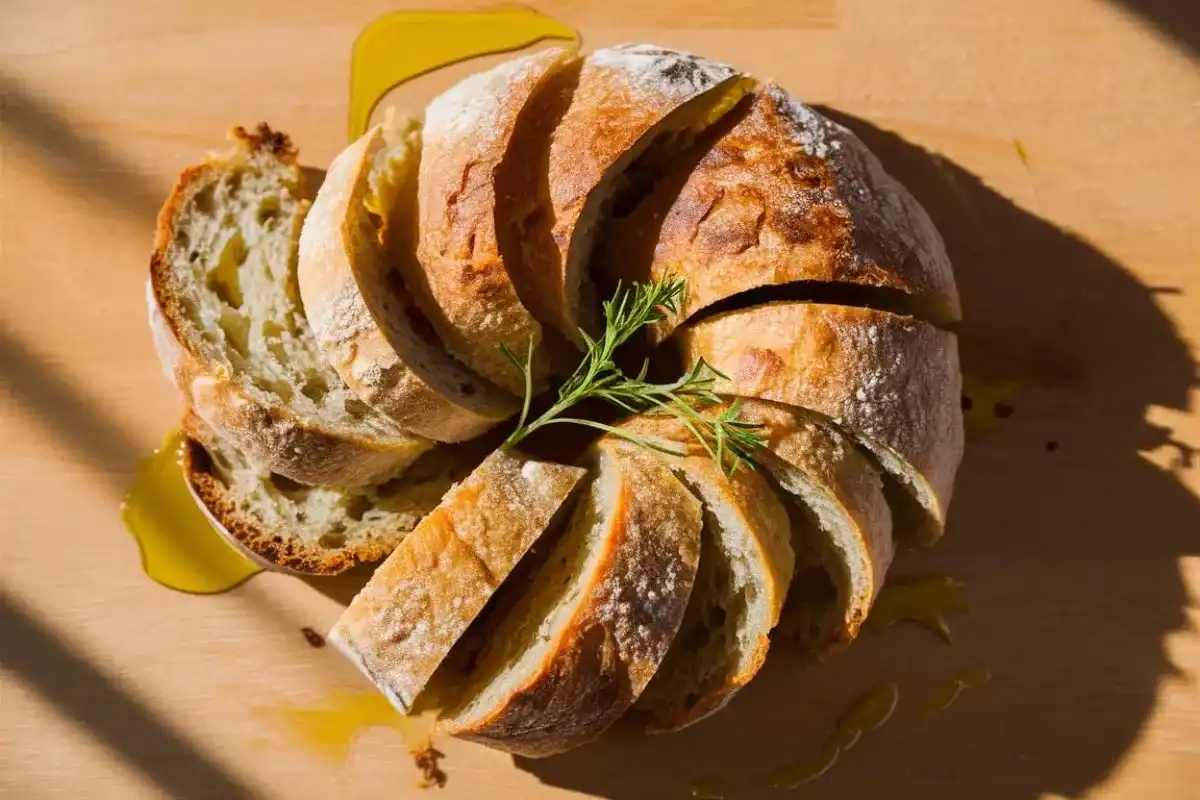In recent years, sourdough baking has seen a resurgence, with home bakers embracing the tradition and its delicious results. Central to this practice is the maintenance of a sourdough starter, a mixture of flour and water that captures wild yeast and bacteria from the environment to create a natural leavening agent. A byproduct of maintaining a healthy sourdough starter is sourdough discard. Many bakers find themselves wondering: Does sourdough discard go bad in the fridge? In this comprehensive guide, we will explore the nature of sourdough discard, how to store it effectively, its potential uses, and the signs that it may no longer be viable.
Understanding Sourdough Discard: What It Is and Why It Matters

Sourdough discard is the portion of the sourdough starter that is removed before feeding the starter with fresh flour and water. This process is essential to maintaining the right balance of yeast and bacteria in the starter, ensuring it remains active and effective for baking. Discard typically contains flour, water, and a mix of microorganisms, similar to the starter itself, but without the full potency to raise bread on its own.
Why Do We Discard Part of the Starter?
The practice of discarding a portion of the sourdough starter may seem wasteful at first glance, but it serves several important purposes:
- Maintains Proper Ratios: By discarding some of the starter, you maintain a manageable amount of yeast and bacteria relative to the amount of fresh flour and water added. This balance is crucial for keeping the starter healthy and active.
- Prevents Overgrowth: Without regular discarding, the starter would quickly outgrow its container and become unmanageable.
- Ensures Flavor Consistency: Discarding and refreshing the starter help to maintain a consistent flavor profile, preventing it from becoming overly sour or developing unwanted flavors.
For those new to sourdough baking, understanding what to do with sourdough discard can open up a world of possibilities beyond simply throwing it away. From pancakes and waffles to crackers and cookies, there are countless creative ways to use this byproduct in the kitchen. To get started, check out these innovative sourdough discard recipes that make the most of this versatile ingredient.
Why Store Sourdough Discard in the Fridge?
Many bakers choose to store their sourdough discard in the fridge to extend its shelf life and make it available for future use. Refrigeration slows down the fermentation process significantly, keeping the discard fresh for longer periods. Here are some key reasons why storing discard in the fridge is a smart choice:
Advantages of Refrigerating Sourdough Discard
- Slows Down Fermentation: The cold temperature of the fridge reduces the activity of yeast and bacteria in the discard, preventing it from becoming overly sour or fermenting too quickly. Learn more about the sourdough fermentation process on Serious Eats.
- Prevents Spoilage: Keeping discard in the fridge helps to inhibit the growth of mold and other unwanted microorganisms.
- Convenience: Storing discard in the fridge makes it easy to use whenever you are ready to bake or try a new recipe.
However, it’s important to note that even when refrigerated, sourdough discard can eventually go bad. To maximize its usability, it’s essential to store it properly. For a detailed look at how long sourdough discard lasts in the fridge and best storage practices, refer to this comprehensive guide.
Factors That Affect Shelf Life When Stored in the Fridge
While refrigeration can extend the life of sourdough discard, several factors influence how long it remains usable:
- Moisture Content: The moisture level in the discard plays a significant role in its longevity. Higher moisture content can create an environment conducive to mold growth and spoilage.
- Temperature Stability: Consistent refrigerator temperature is crucial. Frequent fluctuations can accelerate spoilage, so it’s essential to store the discard in a part of the fridge that maintains a steady temperature.
- Type of Flour Used: Whole grain flours like whole wheat or rye tend to ferment more quickly than white flour. This faster fermentation can reduce the shelf life of the discard.
- Container Choice: An airtight container, such as a glass jar or BPA-free plastic container, helps keep air and moisture out, preserving the discard longer.
Understanding these factors allows you to make informed decisions about how to store and use your sourdough discard effectively.
Best Practices for Storing Sourdough Discard in the Fridge
To maximize the shelf life and usability of sourdough discard, consider the following storage tips:
- Use an Airtight Container: An airtight container prevents air and moisture from entering, reducing the risk of mold and spoilage. Find more tips on how to store a sourdough starter on The Perfect Loaf.
- Label and Date the Container: Always label your container with the date you stored the discard. This practice helps you keep track of how long it has been in the fridge and when it might be time to use or discard it.
- Monitor Consistency and Smell: Regularly check the texture and aroma of your discard. If it becomes overly runny, thick, or develops a foul smell, it may no longer be viable.
- Stir Occasionally: Stirring the discard occasionally can help redistribute any liquid that separates to the top, known as “hooch.” This liquid is harmless and can either be mixed back in or poured off, depending on your preference.
For more insights on effective storage techniques and what to avoid, read what you should not do with sourdough.
Signs That Sourdough Discard Has Gone Bad

Even with the best storage practices, sourdough discard can eventually go bad. It’s crucial to know the signs that indicate when discard is no longer usable:
Visual Indicators of Spoilage
- Mold Growth: Mold can appear as fuzzy spots in various colors (white, green, black, etc.) on the surface of the discard. If you see mold, it is best to discard it immediately.
- Color Changes: Discoloration, such as a dark or grayish hue, can be a sign of spoilage.
Sensory Indicators of Spoilage
- Unpleasant Odor: A sourdough discard should have a tangy, pleasant smell. If it develops a strong, foul odor, this is a sign that it has gone bad.
- Texture Changes: A slimy or overly thick texture can also indicate that the discard is no longer viable.
How Long Can Sourdough Discard Last in the Fridge?
The typical shelf life of sourdough discard in the fridge ranges from 1 to 2 weeks. However, this can vary depending on several factors:
- Type of Flour: Whole grain flours ferment more quickly, potentially shortening the discard’s lifespan.
- Storage Conditions: Consistent refrigeration in an airtight container helps maintain freshness longer.
- Frequency of Use: Regularly using and refreshing discard can help keep it viable for longer periods.
If you notice any signs of spoilage, it’s best to err on the side of caution and discard it.
Creative Ways to Use Sourdough Discard
Instead of letting your discard go to waste, explore a variety of creative ways to use it in the kitchen. Here are some ideas:
1. Sourdough Pancakes and Waffles
One of the most popular uses for sourdough discard is in pancakes and waffles. The discard adds a subtle tanginess that complements both sweet and savory toppings. Mix discard with flour, milk, eggs, and a bit of sugar and baking powder to create a light, fluffy batter.
2. Sourdough Crackers
Crackers made with sourdough discard are a crunchy, flavorful snack that can be customized with herbs, spices, and seeds. Combine discard with olive oil, flour, and your choice of seasonings, roll it out thin, cut into shapes, and bake until crispy.
3. Sourdough Biscuits
Incorporate discard into biscuit dough for a deliciously tangy twist on a classic. The acidity in the discard reacts with baking soda to create a light, fluffy texture.
4. Sourdough Pizza Dough
Enhance the flavor of your homemade pizza by adding sourdough discard to your regular pizza dough recipe. The natural fermentation brings a depth of flavor to the crust, making it a favorite among sourdough enthusiasts.
5. Sourdough Muffins and Quick Breads
Add discard to muffin or quick bread batter to give your baked goods a unique flavor profile. This works particularly well with recipes that include spices, nuts, or fruit.
6. Sourdough Dumplings
Use discard to make dumpling dough, perfect for adding to soups and stews. The discard contributes a subtle sourness that pairs well with savory broths.
7. Sourdough Flatbreads
For a quick and easy flatbread, mix discard with flour, water, salt, and a little olive oil. Cook in a hot skillet until golden brown, then top with your favorite ingredients.
Advanced Techniques: Using Sourdough Discard in More Complex Recipes
For more experienced bakers or those looking to experiment, sourdough discard can be incorporated into more complex recipes:
1. Sourdough Noodles or Pasta
Transform discard into homemade noodles or pasta by mixing it with eggs and flour. The resulting dough can be rolled out and cut into various shapes. The discard adds a mild tangy flavor that pairs well with a range of sauces.
2. Sourdough Focaccia
Elevate your focaccia with the unique flavor of sourdough discard. Combine it with olive oil, rosemary, and sea salt for a soft, aromatic bread with a hint of sourness.
3. Sourdough Bagels
Bagels made with sourdough discard offer a chewy texture and complex flavor profile. Add discard to your bagel dough for a twist on the traditional recipe.
4. Sourdough Pie Crusts
For a savory or sweet pie crust, replace some of the butter or shortening with sourdough discard. This addition creates a flaky crust with a unique tangy taste that pairs well with both fruit fillings and savory quiches.
Why Regularly Checking Your Sourdough Discard is Important

Keeping a close eye on your sourdough discard is essential for ensuring it remains usable and safe for consumption. Regular checks allow you to identify any early signs of spoilage, such as mold or off-odors, so you can take action before it’s too late.
By developing a habit of checking your discard regularly, you can reduce waste and make the most of this versatile ingredient.
How to Extend the Life of Sourdough Discard Beyond Refrigeration
While refrigeration is the most common method for storing sourdough discard, there are other ways to extend its shelf life:
1. Freezing Sourdough Discard
Freezing is an excellent way to preserve sourdough discard for longer periods. Pour the discard into ice cube trays or small freezer-safe containers, label with the date, and store in the freezer. Discard can be frozen for up to several months and thawed when ready to use.
2. Dehydrating Sourdough Discard
For those with a dehydrator, drying sourdough discard is an interesting option. Spread the discard thinly on a parchment-lined tray and dehydrate at a low temperature until completely dry. Once dry, break it into pieces and store in an airtight container. To use, rehydrate with water and incorporate into recipes as needed.
3. Using Sourdough Discard in Fermented Foods
Incorporate discard into homemade fermented foods, such as sauerkraut or kimchi, where it can contribute to the fermentation process and add complexity to the flavor profile.
Frequently Asked Questions
1. What are some alternative storage methods for sourdough discard?
Apart from refrigeration, freezing is another effective way to store discard. This method can extend its usability for several months.
2. Can I use discard from a starter that hasn’t been fed recently?
Yes, discard from an unfed starter can still be used, although the flavor may be more pronounced.
3. What should I do if my sourdough discard separates?
Liquid separation, or “hooch,” is normal. You can stir it back into the discard or pour it off if you prefer a less tangy flavor.
4. Are there any flours that are better for making sourdough discard recipes?
White flour is often preferred for its mild flavor, but whole grain flours can add a rich, nutty taste to recipes.
Conclusion
Sourdough discard is a valuable resource in the kitchen, offering endless possibilities for delicious creations. By understanding how to store it properly, recognizing the signs of spoilage, and exploring creative ways to use it, you can enjoy the unique flavors that sourdough discard brings to your cooking and baking.
Whether you’re making classic pancakes, experimenting with sourdough bagels, or crafting a savory pie crust, sourdough discard adds depth and complexity to your culinary repertoire. With proper care and a bit of creativity, you can ensure that nothing goes to waste and every bit of this versatile ingredient is put to good use.

